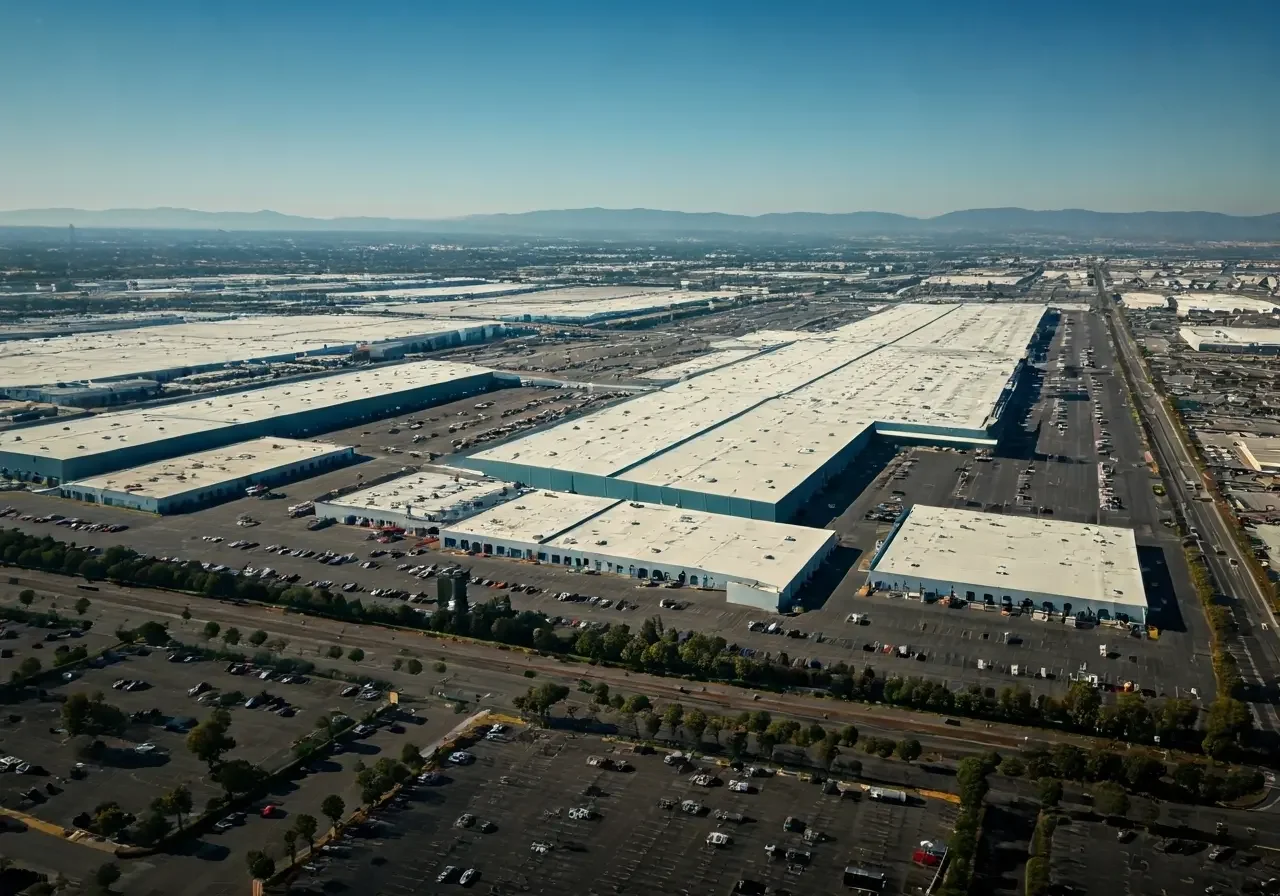What is the Role of a Distribution Center in Los Angeles?
Distribution centers play a crucial role in the logistics chain, especially in a bustling metropolis like Los Angeles. This FAQ blog will explore the specific functions and significance of distribution centers within this dynamic environment.
Understanding Distribution Centers
Distribution centers are specialized buildings designed to store goods temporarily before they are distributed to retailers or directly to customers. They act as hubs in the supply chain, facilitating efficient movement of goods.
These centers are strategically located to optimize the transportation routes and reduce the delivery time to end-users. By acting as key nodes in the supply chain network, they help streamline logistics operations and reduce overall costs for businesses.
A distribution center is different from a traditional warehouse in several ways. While a warehouse mainly focuses on long-term storage, a distribution center is primarily about the rapid turnover of goods. This means that items are often shipped out more quickly, making distribution centers pivotal for companies that rely on just-in-time inventory systems.
Key Functions of a Distribution Center
Some of the primary functions include receiving goods, storing inventory, picking and packing orders, and managing shipping logistics to ensure timely deliveries.
Receiving involves the intake of products from suppliers and involves tasks such as unloading shipments, inspecting quantities, and updating inventory systems to reflect new arrivals.
Once inventory is stored, the picking process involves selecting items from the shelves to fulfill orders. This step often utilizes barcode scanning and automated systems to enhance accuracy and speed.
Packing and shipping are the final stages, where goods are securely packaged and labeled for transport, ensuring they reach their destination safely and on schedule.
Why Los Angeles?
Los Angeles is a major economic hub with a vast consumer market. Distribution centers in this area benefit from excellent infrastructure, proximity to major ports, and access to a large labor force, making it an ideal location for these operations.
Los Angeles' strategic position along the West Coast provides easy access to both Pacific trade routes and cross-country transport networks, enabling businesses to efficiently cater to both domestic and international markets.
The extensive freeway systems of Los Angeles further aid in the swift transportation of goods to different parts of the country, enhancing the efficiency of distribution operations.
Impact on Local Economy
Distribution centers contribute significantly to the local economy by creating jobs and supporting local businesses. They also foster economic growth by enhancing the efficiency of goods movement within the region.
These centers generate a range of employment opportunities, from warehouse operatives to logistics coordinators, thereby fueling the job market and supporting regional income levels.
Moreover, the presence of distribution centers attracts ancillary services such as transportation, maintenance, and supply chain support businesses, further boosting the local economy.
Technological Advancements in Distribution Centers
Modern distribution centers in Los Angeles are increasingly adopting technology to improve efficiency. Automation, robotics, and advanced inventory management systems are transforming how these facilities operate, leading to faster and more accurate distribution processes.
Automation technologies such as conveyor belts and sorting systems reduce manual labor, improve safety, and decrease processing time, making operations seamless and highly efficient.
Additionally, the use of robotics in material handling and order picking enhances precision and reduces human error, ensuring that shipments are accurate and delivered on time.
Wrapping Up: The Importance of Distribution Centers in LA
In conclusion, distribution centers in Los Angeles are vital for efficient logistics and supply chain management. They support rapid distribution, contribute to local economies, and adapt to technological advancements, making them indispensable to the region's economic infrastructure.

